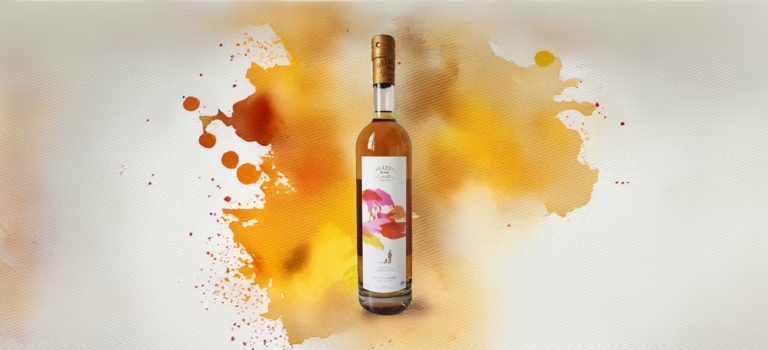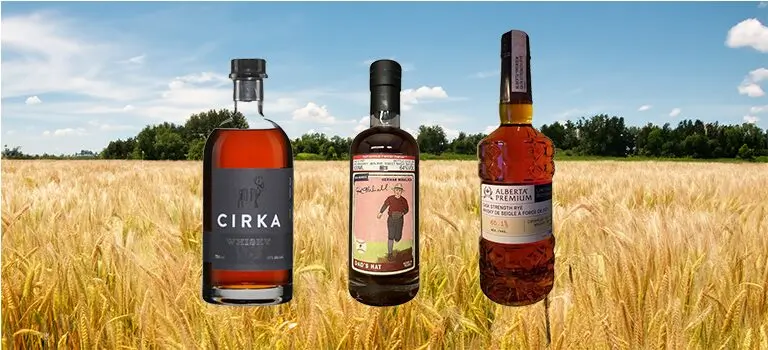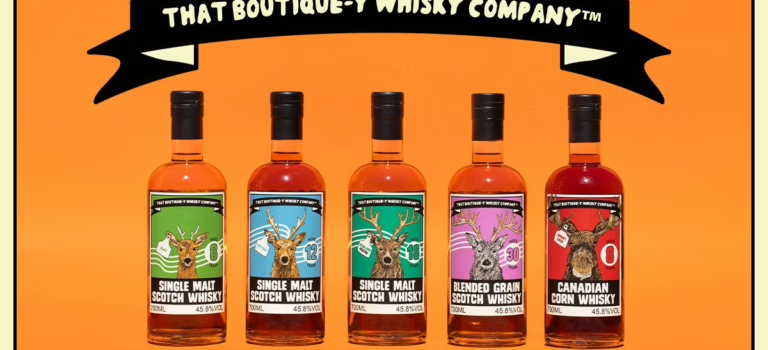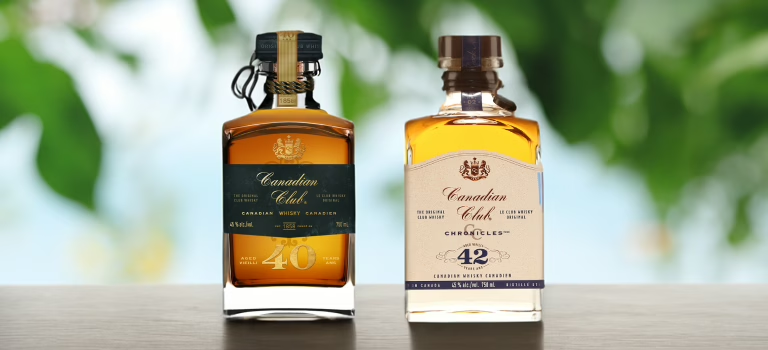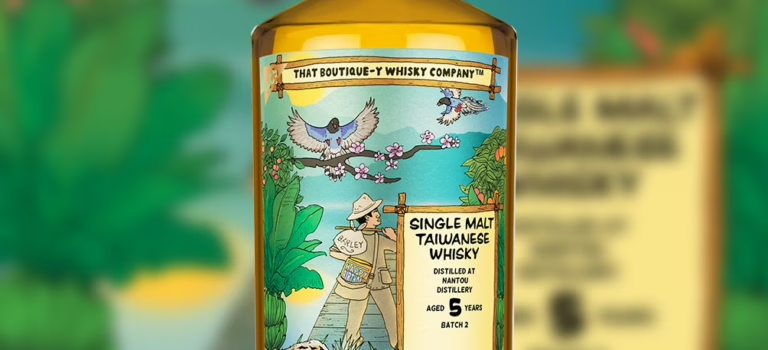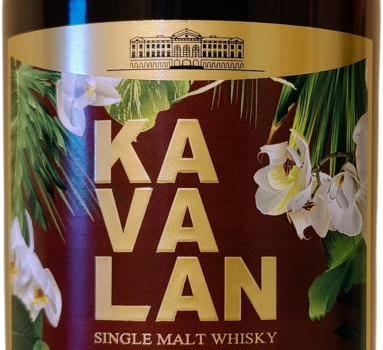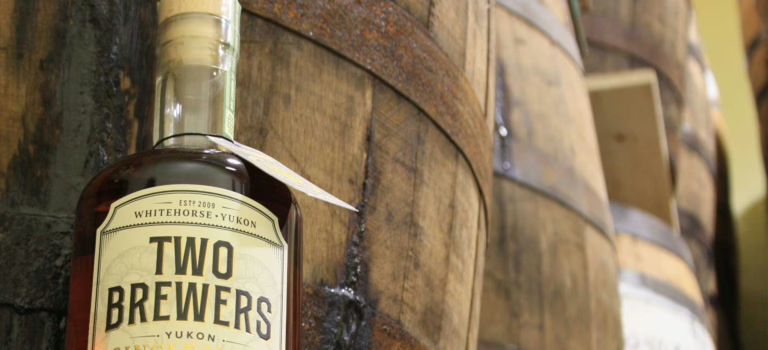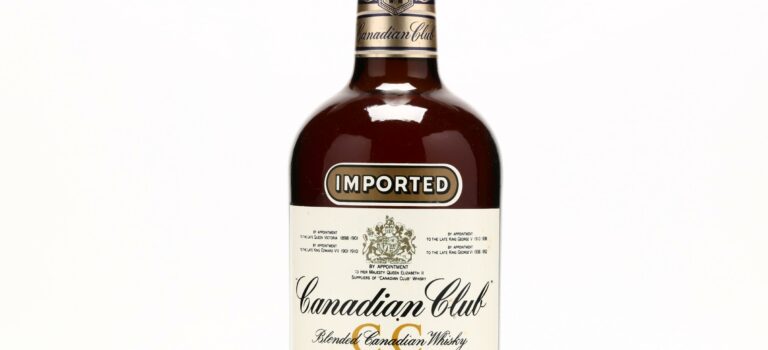Canadian Club is one of the most famous Canadian whisky brands. It was founded in 1858 by Hiram Walker in Walkerville, Ontario. You might raise an eyebrow here: “Wait, Walkerville and Hiram Walker? Coincidence?” And you’d be right to raise that eyebrow. Hiram Walker founded Walkerville in 1890 as a model town, which was probably without a name before. Walker made homes for his workers, a church, and a school, the town growing outwards from the distillery. Nowadays, Walkerville is a heritage precinct of the town of Windsor. The whisky made there was first known as Club Whisky as it was well appreciated in the US and Canada ‘Gentlemen’s Clubs’. In an attempt to hamper on Walker’s whisky fame, American distillers petitioned to have the word ‘Canada’ added to the label, but it backfired and helped Walker’s whisky to become more exclusive. In 1889, Walker added ‘Canadian’ to the label and after a few movements on the label, it became part of the brand name a year later. The ones we’ll try today are unfortunately not from this time nor some of the thousands of cases Al Capone secretly imported during Prohibition. Now, we’re far from the romantic view of Prohibition given out with movies as the brand is owned by the giant Beam Suntory. We’ll do an Old vs New Canadian club, as we’ll try to Canadian Club distilled in 1969 and 1976 and will compare them with the current Canadian Club 1858.
Read more →
